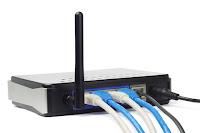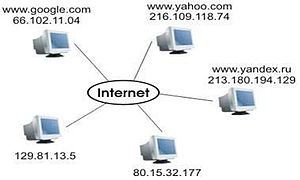Installing and Configuring a Network Policy Server
The Network Policy Server (NPS) role in Windows Server 2008 replaces the Internet Authentication Service (IAS). Windows Server 2008 R2 can authenticate clients using Network Policy Server (NPS). NPS provides an additional layer of security for your network.
- NPS provides support for the Remote Authentication Dial-in User Service protocol and can be configured as a RADIUS server or proxy.
- NPS also provides functionality that is essential for implementation of Network Access Protection (NAP).
- NPS is used for enforcement for:





























